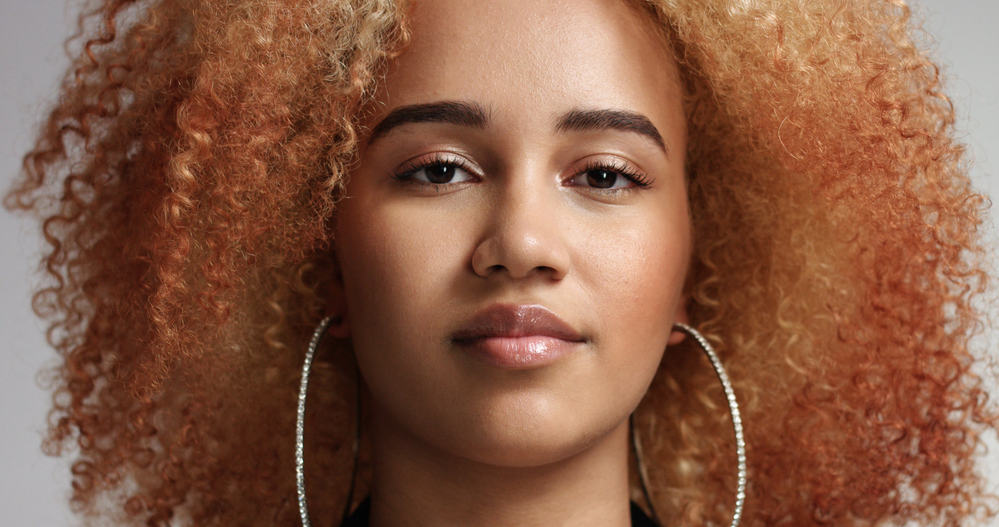
We’ve all been there. You planned to change your natural hair color at home, but the final result is nowhere near what you wanted it to be. Or, you finally bleached your hair like you’ve wanted to for a while—and accidentally turned your head orange.
It can be tempting to reach for the bleach bottle right away to try and fix your hair mishaps. However, bleaching your hair too soon after your first bleach can cause serious damage.
Table of Contents
How Often Can You Bleach Your Hair?
You shouldn't bleach your hair more than once every 8 to 10 weeks because hair bleaching can lead to chemically damaged hair. It's important to understand that hair bleaching is a very harsh process for your hair to endure.
More frequent uses of hair bleach will undoubtedly lead to damaged hair strands, including breakage, split ends, and potentially hair loss. These issues are commonly found in previously bleached hair (i.e., processed hair) since the hair-bleaching agents contain harsh chemicals.
Our recommendation: Only bleach your hair as much as absolutely necessary. We don't recommend having your hair bleached more than once every 8 to 10 weeks; however, less frequent bleach treatments are even better.
Key Takeaways
- Recommended Bleaching Frequency: Limit hair bleaching to once every 8-10 weeks to avoid damaging effects on the hair cuticle and prevent irreversible damage like hair breakage and split ends. Over-bleaching can significantly weaken your hair, leading to dryness and brittleness.
- Hair Condition Assessment: Before considering the next bleaching session, perform a patch test or assess the hair’s cuticle health. If your hair feels dry or brittle, delay further bleaching to protect against significant damage. Healthy hair is more resilient to the lightening process.
- Bleach Mixture and Application: Use bleach powder and oxidizing agent carefully, adhering to the recommended processing time. First-time users or those doing a root touch-up should consult a professional colorist to minimize risk and achieve desired lighter hair results without over-processing.
- Aftercare for Bleached Hair: Post-bleaching, use sulfate-free shampoo and hydrating treatments like olive or argan oil to maintain healthy hair. These aftercare treatments help restore protein bonds and melanin pigments lost during bleaching, reducing brassy or yellow tones.
- General Rule of Thumb for Hair Health: Always prioritize hair health over style. Avoid frequent bleaching and harsh chemicals. Instead, opt for gentle products and regular nourishment to maintain hair integrity.
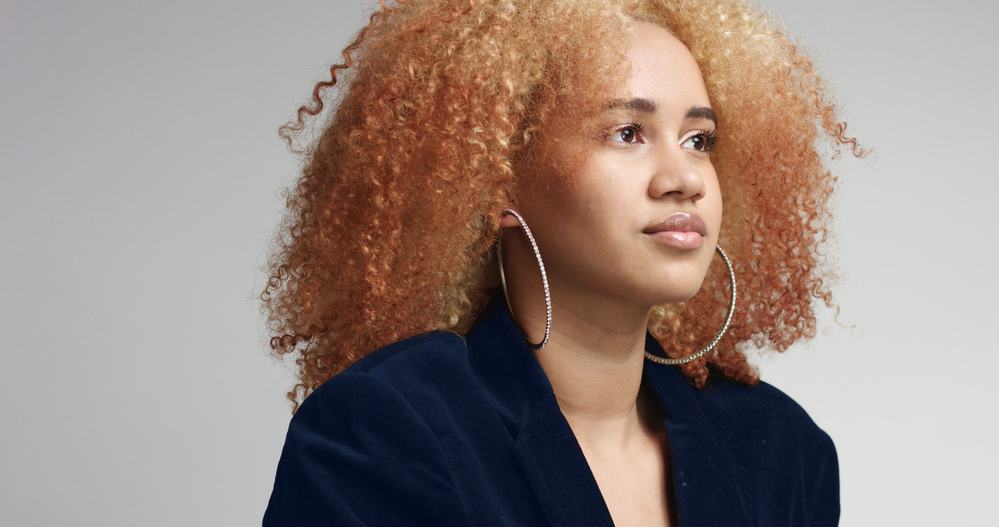
For regular dye maintenance, the American Academy of Dermatologists also recommends waiting 8 to 10 weeks in between dye jobs. They also say that you should only do one treatment to your hair at a time to prevent damage (so no perms and bleaches on the same day).
If your hair has been damaged from the prior use of bleaching agents, stop using bleaching treatments for several months to protect damaged hair and mitigate further damage.
However, since everyone's situation is different (e.g., hair type, regimen, etc.). Here are a few guidelines that can help you decide whether your hair is ready for another bleach treatment.
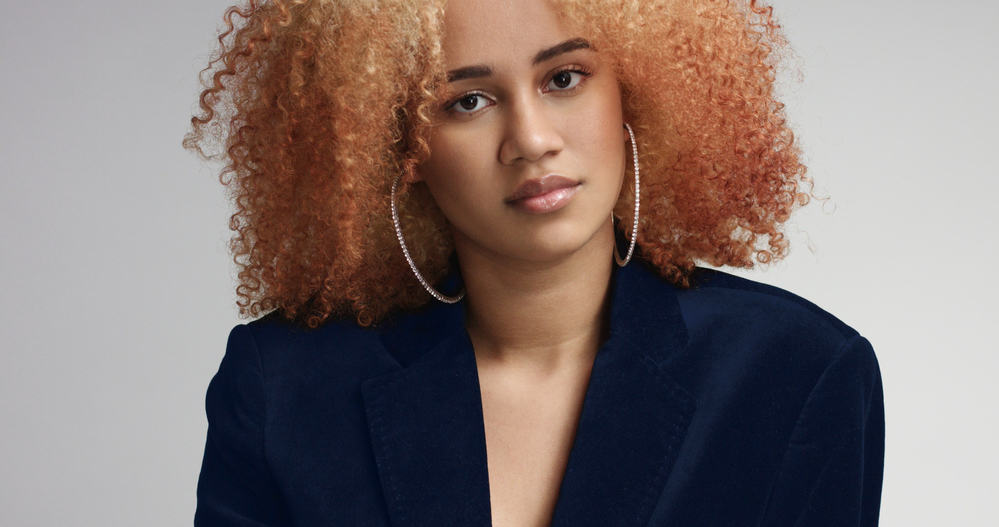
Hair Bleaching Guidelines
There is just one rule when it comes to bleaching hair that applies to absolutely everyone—never bleach your hair twice on the same day.
No matter how bad you think the dye job is or how desperate you are to fix your lightened hair, it’s not worth it. Bleaching your hair twice in the same day can cause serious hair damage.
Some people who have bleached their hair twice in one day have caused brittleness and frizziness that made their haircut unseemly even with the right color or highlights. Others suffer from hair loss, and your hair falling out isn't something that you want to experience.
No matter how unhappy you are with your hair dye, chances are, you’ll still like it more than being bald. New hair growth takes a long time, so take care of the hair that you have.
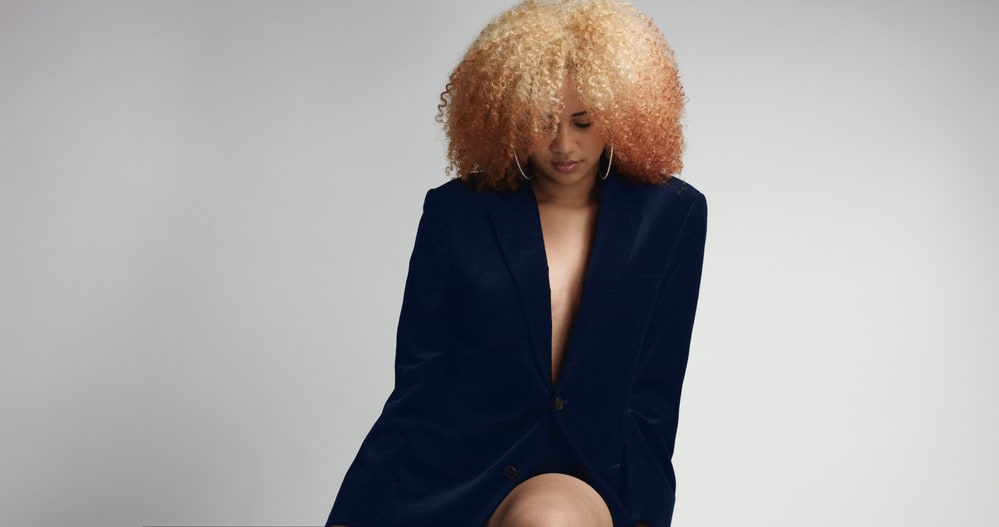
Can I Bleach My Hair After Dying It?
If you're desperate to fix your bleached hair after an initial bleaching treatment, you should still wait several weeks before attempting a second coat.
Many hairstylists and colorists recommend waiting at least two weeks because this gives your hair time to recover from the initial bleaching process.
While you’re waiting to be able to bleach your hair again, take care of your hair by imparting hydration with a deep conditioning product and other moisturizing treatments.
This will allow your hair to regain nutrients it lost to the harsh bleach and associated chemicals, like hydrogen peroxide.
However, bleaching your hair again after two weeks should only be done in case of emergencies. Do not make this a regular practice because you will cause lasting damage to your hair.
Extremely damaged hair follicles are often unrepairable, so you'll want to avoid the risk of excessive damage leading to breakage, brittleness, split ends, and potentially hair loss.
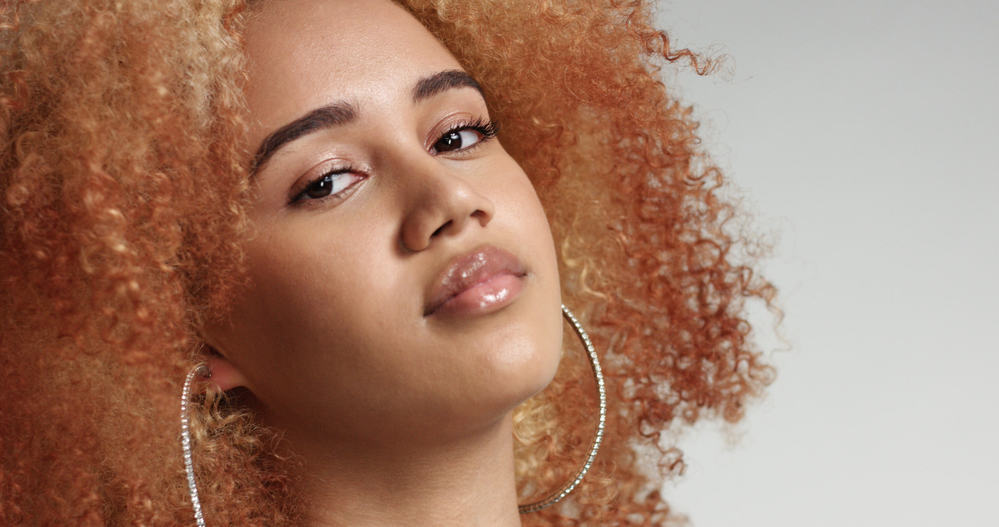
Guidelines for Fixing Bleached Hair
The guidelines mentioned above are only guidelines, not hard and fast rules. Even after two weeks have passed, your hair may not be ready for another round of bleach.
Here are a few ways to tell if you can safely bleach your hair again.
Conduct a Strand Test
We always recommend touching (rubbing up and down) your hair strands to determine how your hair feels. If your hair feels dry and brittle when you touch it, then it is not ready for another session of bleach.
That is a sign that it is lacking in nutrients and could break or fall out if you add more bleach. This is a quick assessment that can be done quickly without using complicated tests to figure out the health of your hair. All you need to do is touch it.
Alternatively, you can conduct a strand test, which involves removing a few of your hair strands and going through the process of bleaching those hairs. Use your actual natural hair regimen, including everything that you plan to do to your hair.
After you've completed the entire process, you will have an actual "experiment" with evidence that closely resembles how your hair will look and feel after you complete the necessary steps on your entire head of hair.
Ask yourself, do you like the color? Or, did you want a darker color? Did the chemical process damage your hair? Does your hair feel soft and smooth, or is it dry and brittle?
Use this information to make the decision on whether it's worth taking the risk of bleaching your hair again. If your hair feels smooth and soft to the touch again, it is probably safe to bleach it.
However, we recommend being patient with your hair and waiting at least 8-10 weeks before another bleaching treatment.
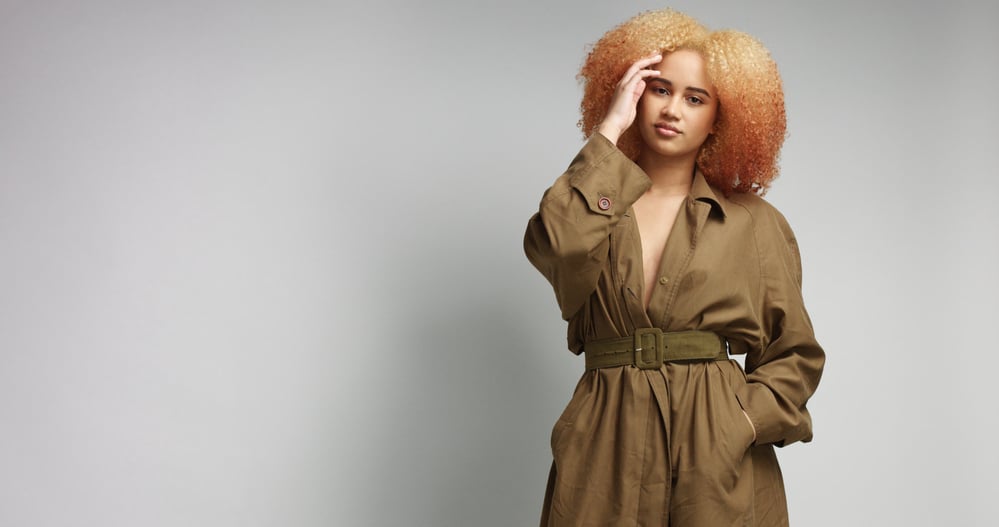
Assess the Condition of Your Hair
If your hair was already dry and damaged before the first bleaching treatment, you should wait as long as possible before bleaching it again.
There is only so much damage that your hair can take before it starts breaking off or falling out. If one bleach session was already pushing it to its limits, you don’t want to risk a second one.
Alternatively, if your hair seemed healthy before bleaching it and is now extremely dry and fragile, that could indicate that your hair does not tolerate bleach well. It’s best not to push it too far immediately.
How Long Can You Wait?
The longer you can wait between bleaching your hair, the better. If the problem is not urgent, try waiting a few weeks to see if your hair will settle into a final color that you like better and to give your hair time to recover.
You can also try other ways of color-correcting your hair without bleaching it. Give yourself time to explore alternative solutions that won’t damage your hair as much as bleach.
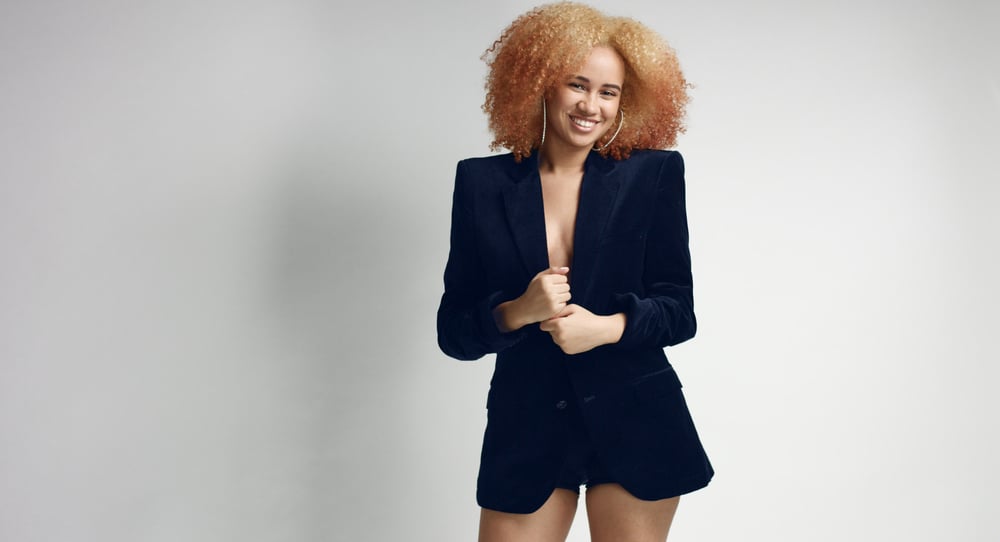
Alternatives to Hair Bleach
If you are trying to correct minor discoloration or orange tones, there are alternatives to bleaching your hair. These other treatments can still fix your lighter shade without stripping your hair of as many nutrients.
Use Shampoo for Colored Hair
If your hair is discoloring immediately after having it bleached or dyed, a shampoo that is made specifically for colored hair (e.g., purple shampoo) can help you retain that color for longer. A little bit of aftercare can prevent a potentially damaging dye job.
If your hair is dyed blonde, then a purple-toned shampoo can keep your hair color healthy. Some are particularly geared toward preventing orange discoloration for women with blonde hair.
If you have dark hair (e.g., brown hair), then a blue-toned shampoo will help you maintain the color that you want.
Use a Toner
A toner is a gentler way of dyeing your hair. Although it cannot drastically alter your natural color, it can help you maintain an existing lighter color or lighten your hair gradually without resorting to bleach.
The biggest difference between toner and bleach is their chemical composition. Most toners do not contain a developer or other chemical products. Even intensive toners stay mostly on the outer layers of the hair follicle. Meanwhile, hair bleach strips the moisture and penetrates the hair shaft.
Since toners are not as intensive chemically as bleach is, they do not damage your hair as much.
However, even if you decide to use a toner, it's a good idea to a deep conditioning treatment, hair mask, natural oils (e.g., coconut oil), and other moisturizing hair treatments to keep your hair in good condition.
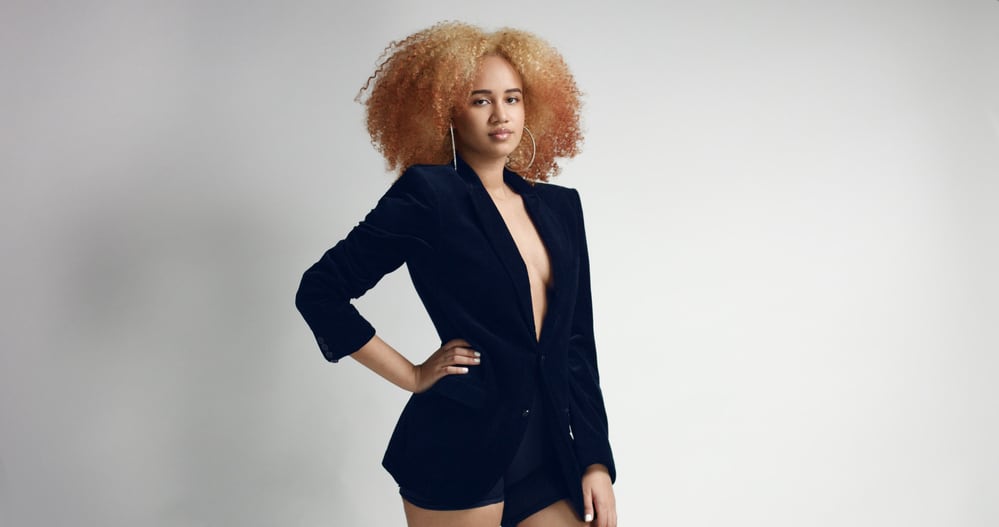
Best Bleaching Practices for Dark Hair
By following proper bleaching procedures, you can mitigate damage and keep your hair healthy, whether you are bleaching it for the first or second time.
Before using any bleach, test it out on a few strands of hair. This will help you determine if the process will damage your hair before actually applying bleach to your whole head.
Be mindful of which type of bleach you are getting for your hair. Different brands contain different volumes of bleach.
If you know right away that you will have to bleach your hair multiple times to get the desired color, like platinum blonde, get a lower volume bleach or consider wearing darker hair. Drastic changes to the color of your hair are often more damaging.
If you were born brunette and now want an electric shade of blue, it's critical that you take precautions to properly lighten your hair. The starting color is so dark that multiple treatments may be required, so use the utmost caution.
As a general rule, the best way to mitigate damage with a do-it-yourself bleach kit is to read the instructions carefully, even if you’ve bleached your hair before.
Different products may have slightly different guidelines for best results and frequency of use.
Reading the instructions, including the amount of time to leave the bleach on your hair, can be the difference between successfully bleaching your hair and losing hair strands.

Hair Maintenance After Bleaching
If you're bleaching your hair multiple times, proper aftercare is even more important. Nourishing your hair will mitigate breakage and hair loss.
Right after bleaching your hair, apply a deep conditioner. Deep conditioners are powerful enough to reverse some of the harmful effects of bleaching your hair, such as frizziness and dryness.
Continue treating your hair regularly with hydrating products in the days and weeks after you bleach it.
Moisturizers, repairing hair masks, weekly hot oil treatments, and regular conditioning can help your hair recover the nutrients it lost during the bleaching process.
Finally, avoid using heating tools, like a blow dryer, flat iron, or curling iron, on hair that has recently been undergone frequent bleaching.
Bleach naturally dries out your hair, and heat is also very drying, which can cause even more damage to hair that has lost its nutrients to bleaching products.
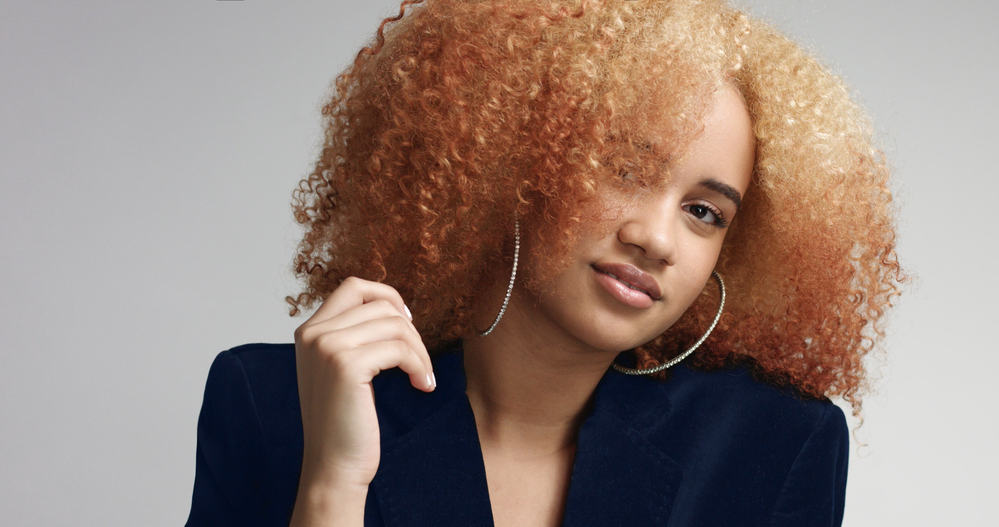
How Long Should You Wait Before Bleaching Again?
Ideally, you should not bleach your hair soon after already doing it once. However, sometimes life happens. The first bleach did not give you the color you wanted, or your hair is experiencing discoloration.
Every situation is different, and hair varies by person, so you should assess the condition of your hair before bleaching it again. If your hair is very brittle to the touch or was already dry and fragile before bleaching it initially, then it is best to wait.
Some general guidelines may help you decide if you can bleach your hair again. Try to wait for 8 to 10 weeks between regular touch-ups to prevent hair damage.
If you must repair a botched bleach job, many colorists recommend waiting at least two weeks. You can alter that timeline if you like, but under no circumstances should you bleach your hair twice in the same day, even if you don't like the pale blonde color.
- Does Hair Bleach Expire?
- How to Bleach Black Hair
- How to Slightly Darken Bleached Hair at Home
- Can You Bleach Your Hair With Clorox?
Bleaching is an aggressive treatment that can compromise the integrity of your hair and leave your hair prone to ongoing breaking. Many women have suffered extensive hair damage and even loss because of botched at-home bleach jobs.
However, you can bleach your hair successfully, even multiple times, as long as you are careful. Follow all of the directions, choose the right type of bleach for your hair, and do regular aftercare to rehydrate your hair after bleaching.
You deserve the hair color of your dreams. However, don’t let that come at the expense of the health of your hair!




